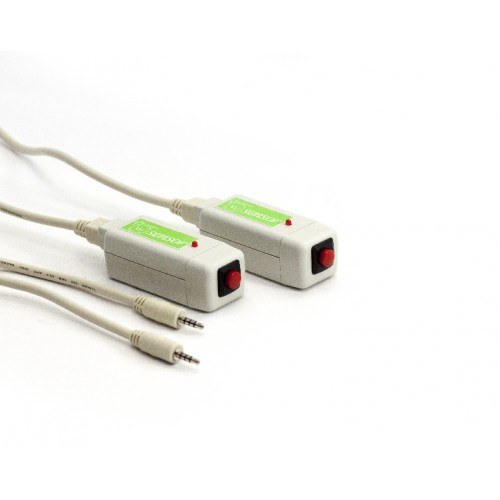
MOSFET power transistors are characterized by Rdson that in this case is 0.07Ω. Good noise immunity is essential to prevent the circuit from turning on by itself-I had no issues with noise. In addition, the gate is swamped via a 1000pf capacitor to enhance noise immunity. However, Q1 is in this case a P-Channel MOSFET that has about a 3V gate threshold. This type of latch circuit when comprised of bipolar transistors is very noise susceptible due to the high gain of common emitter transistors. In the event it does not turn off the first time because it occurred within this 1.1sec window, all that is necessary is to wait for an additional 1.1sec and push it again.įYI, Typical pushbutton closure time varies from about 0.1 to 0.2sec. If this timing is violated, the circuit will not re-latch on subsequent pulses. Minimum time between pushbutton cycles is approx. Related Products: Switch Push Button | Switch Tactile The emitter of Q3 shorts the bias voltage of Q2 to common thus turning off Q1 (as soon as the pushbutton is released). The negative voltage on C3 turns on Q3 that is connected in the common collector configuration (emitter follower). The lower side of C2 goes negative and dumps half of its charge into C3. When the pushbutton is closed again, the top side of C2 is grounded via the pushbutton action through D1. Q1 then biases Q2 on, and Q2 seals in the pushbutton signal and C2 charges up to 12V via R8 and D2. Q1 turns on after a brief delay determined by the charge time of C1. When the pushbutton is initially closed, it directly turns on the gate of Q1 via D2. Also note that push-on/push-off switches are quite special and have a limited offering in regard to size, mechanics and aesthetics-they also have an unpleasant feel, in my estimation.

Besides being compatible with any normally open pushbutton, it is a great way to add multiple pushbuttons to a system-all normally open pushbuttons are simply wired in parallel - any can start or stop the device. Good question - one may wonder what use this could be. Related Products: Electromechanical Switches | Switch Indicators It is a little busy, having 19 components, but they are small, inexpensive and commonly available. One recent job required such and I had to resort to CMOS logic - I will be posting that one in the future.Īs a result, I have been racking my brain for the last few months and have finally come up with a really neat circuit.

I have scoured the web, looking for such and have not found any decent circuits. There are solutions to this problem-mechanical (push On/push Off switch), electromagnetic (latching relay) and electronic (CMOS logic), but few (if any) good discrete electronic solutions.


 0 kommentar(er)
0 kommentar(er)
